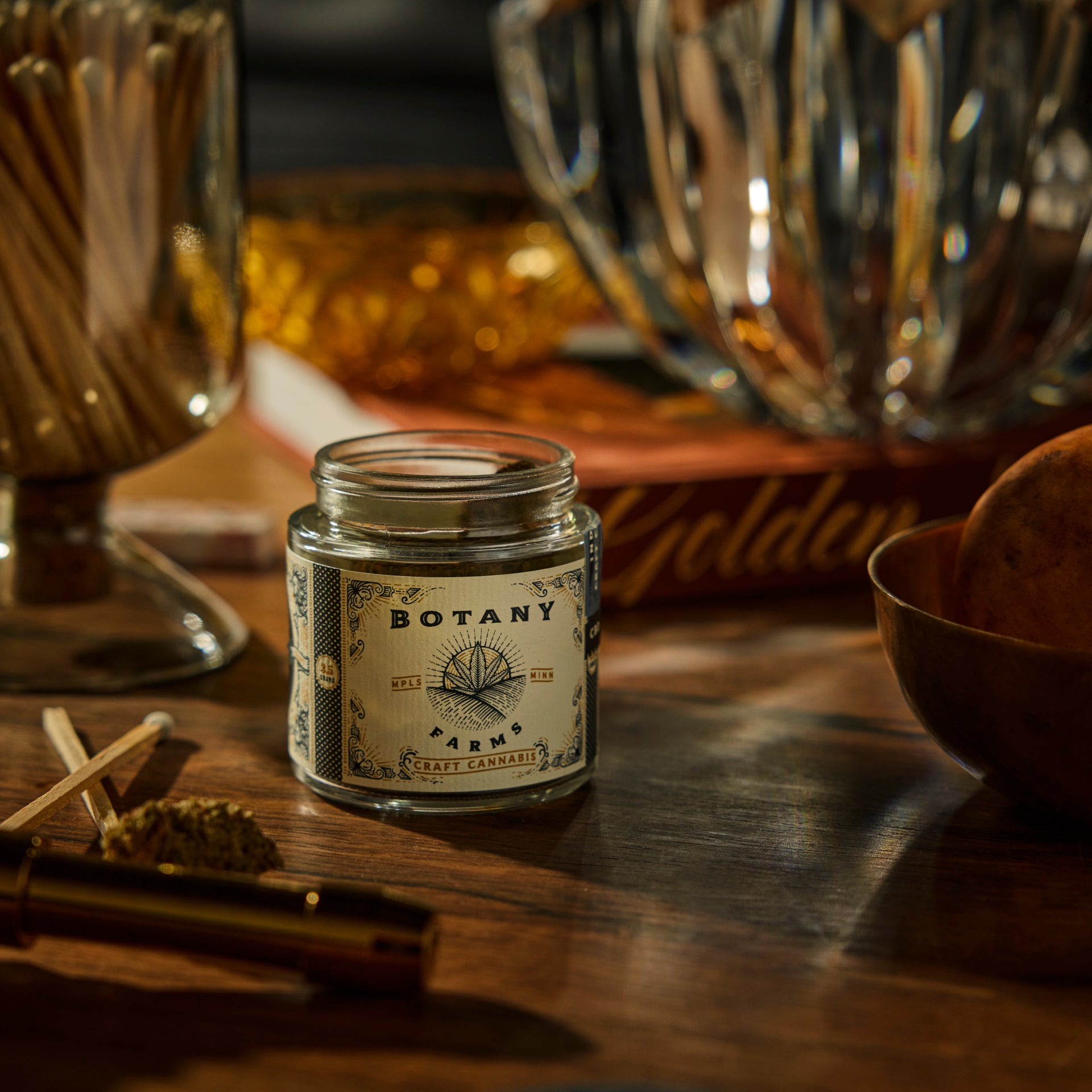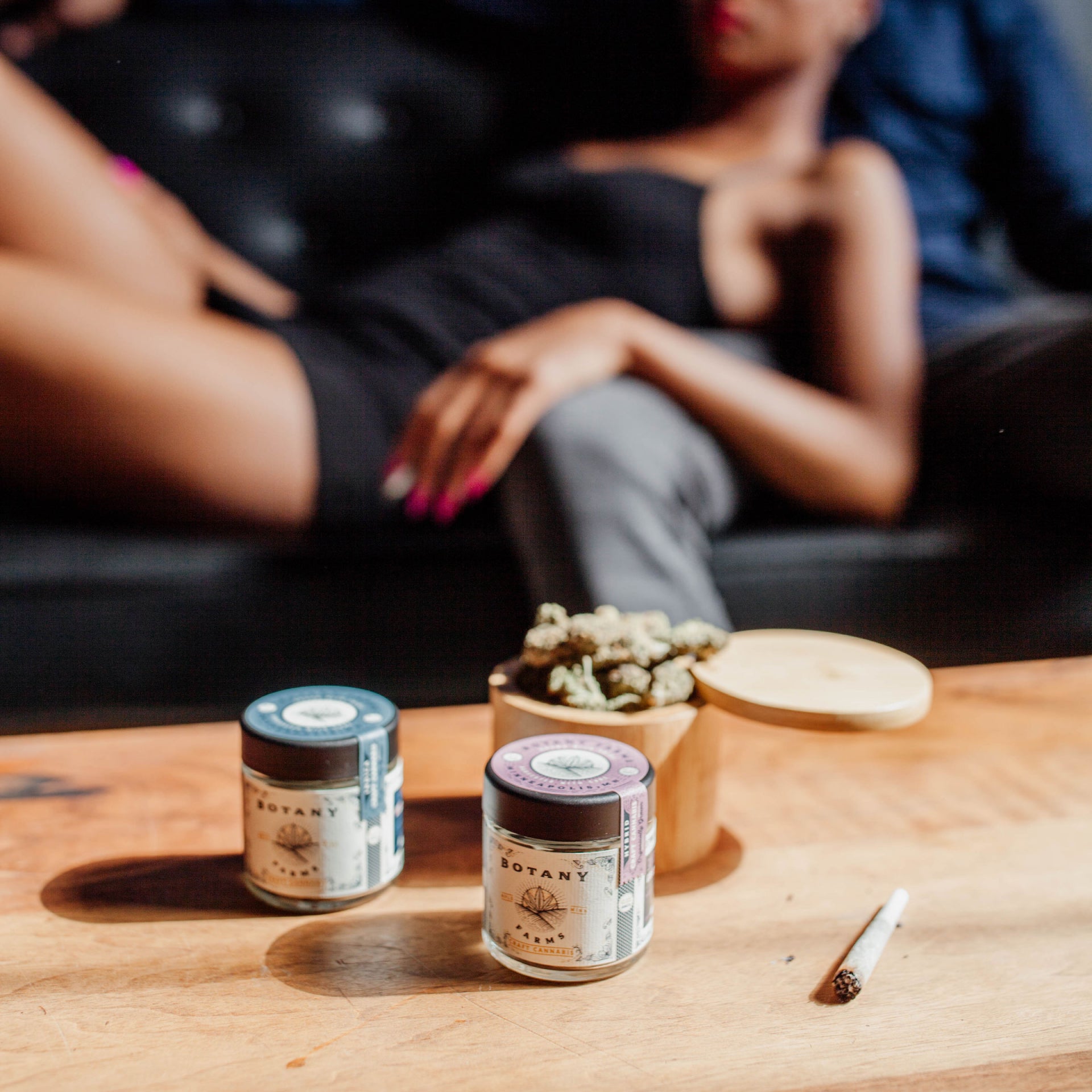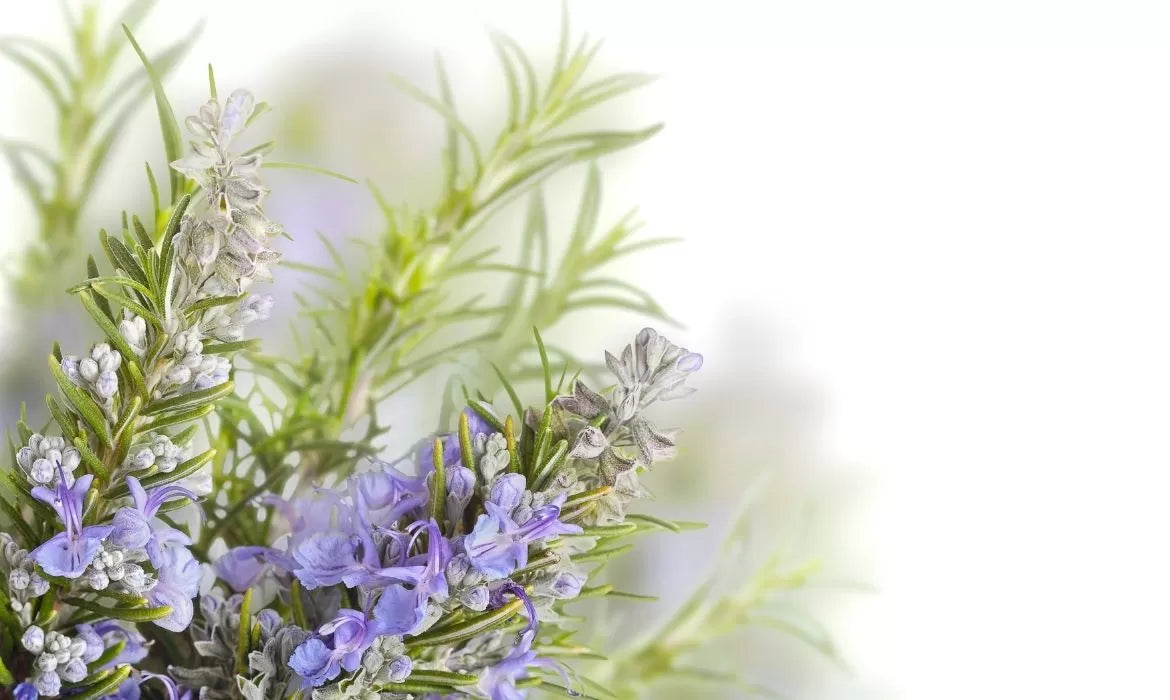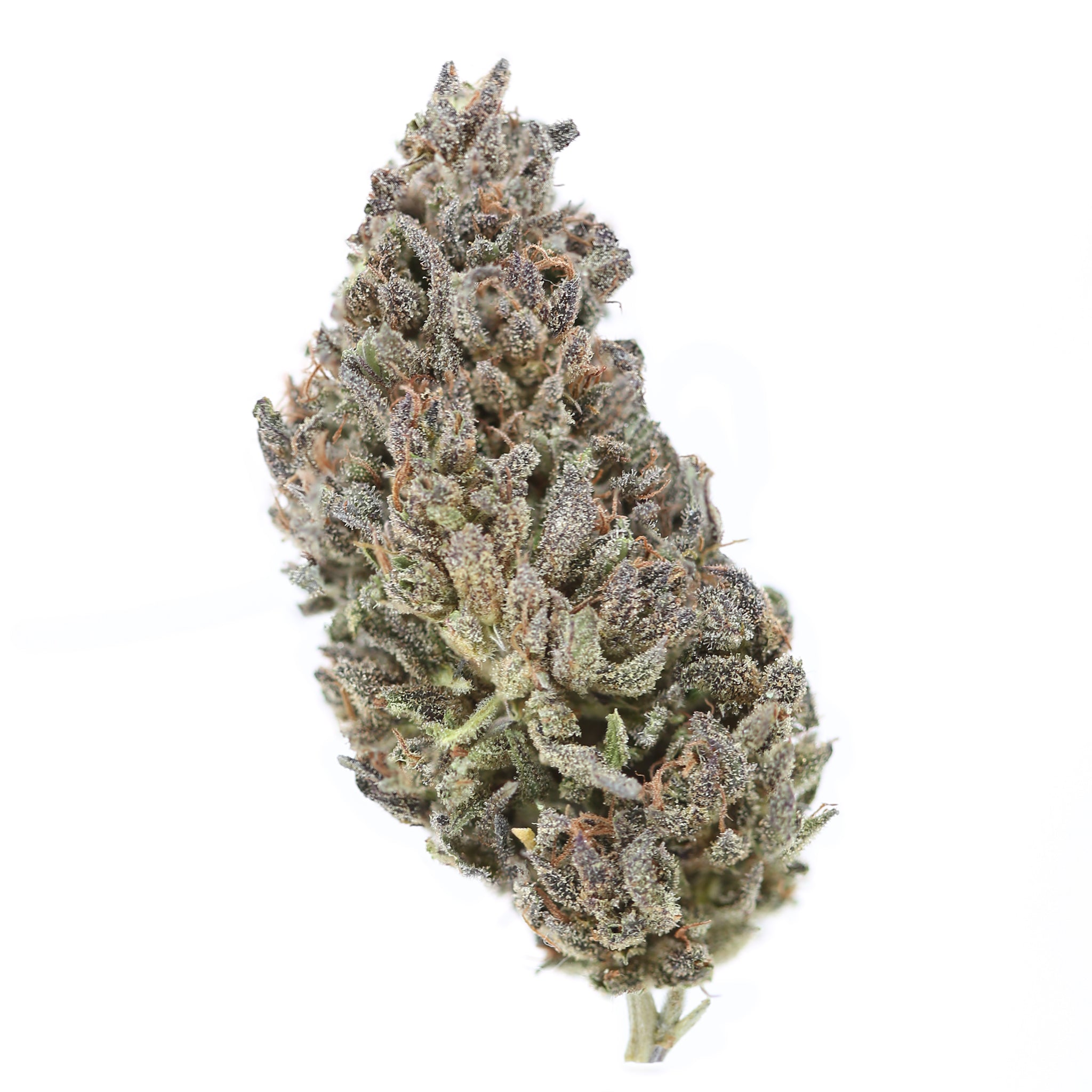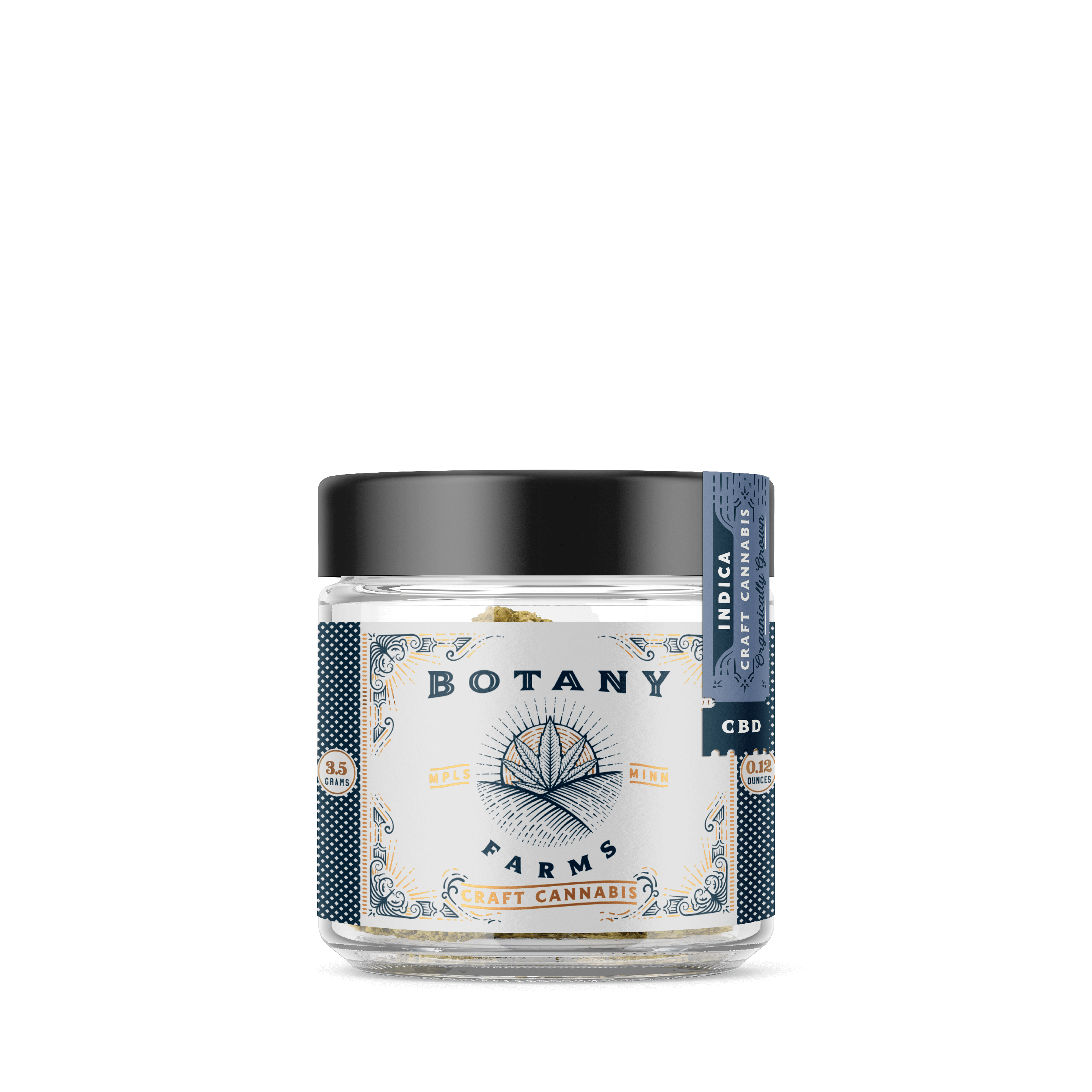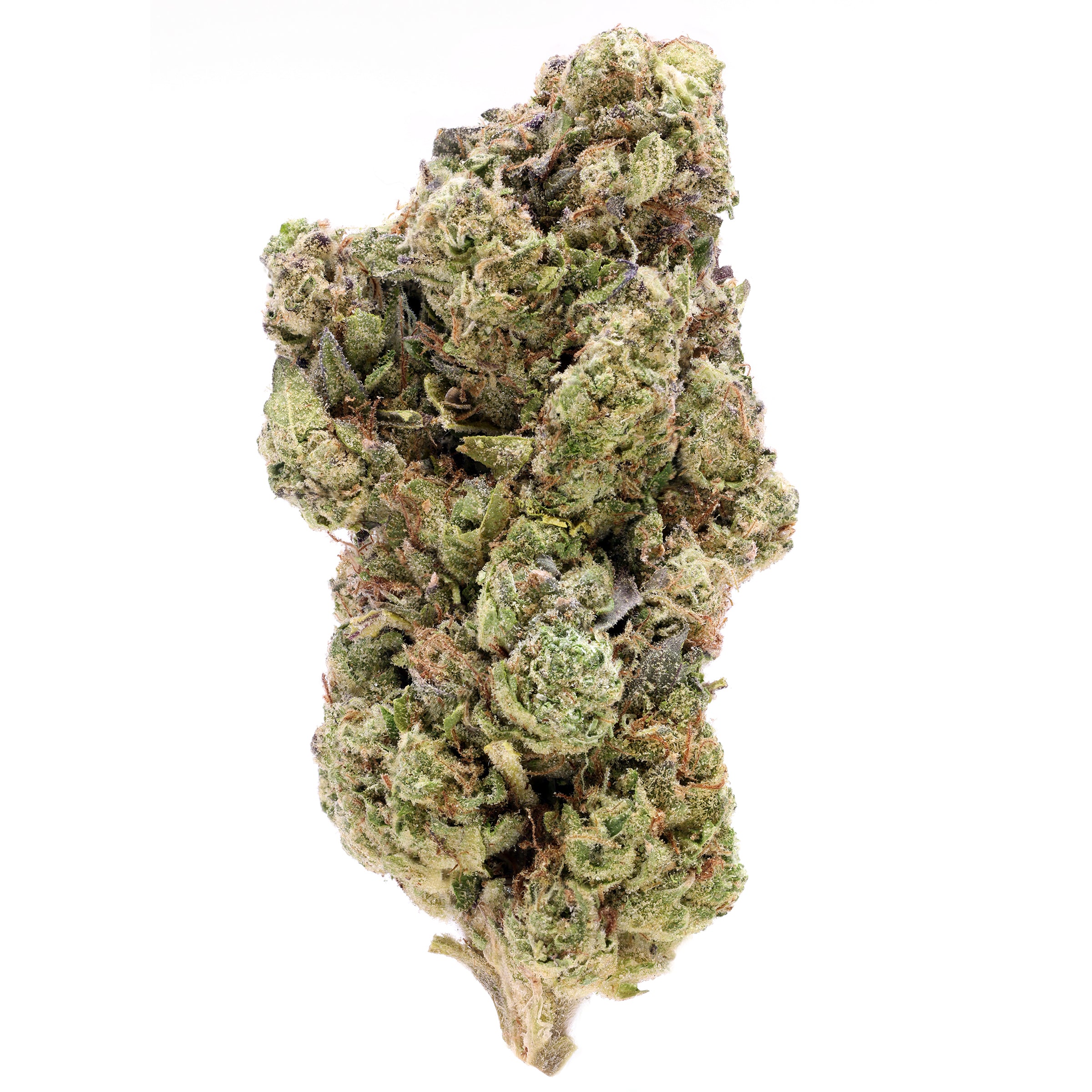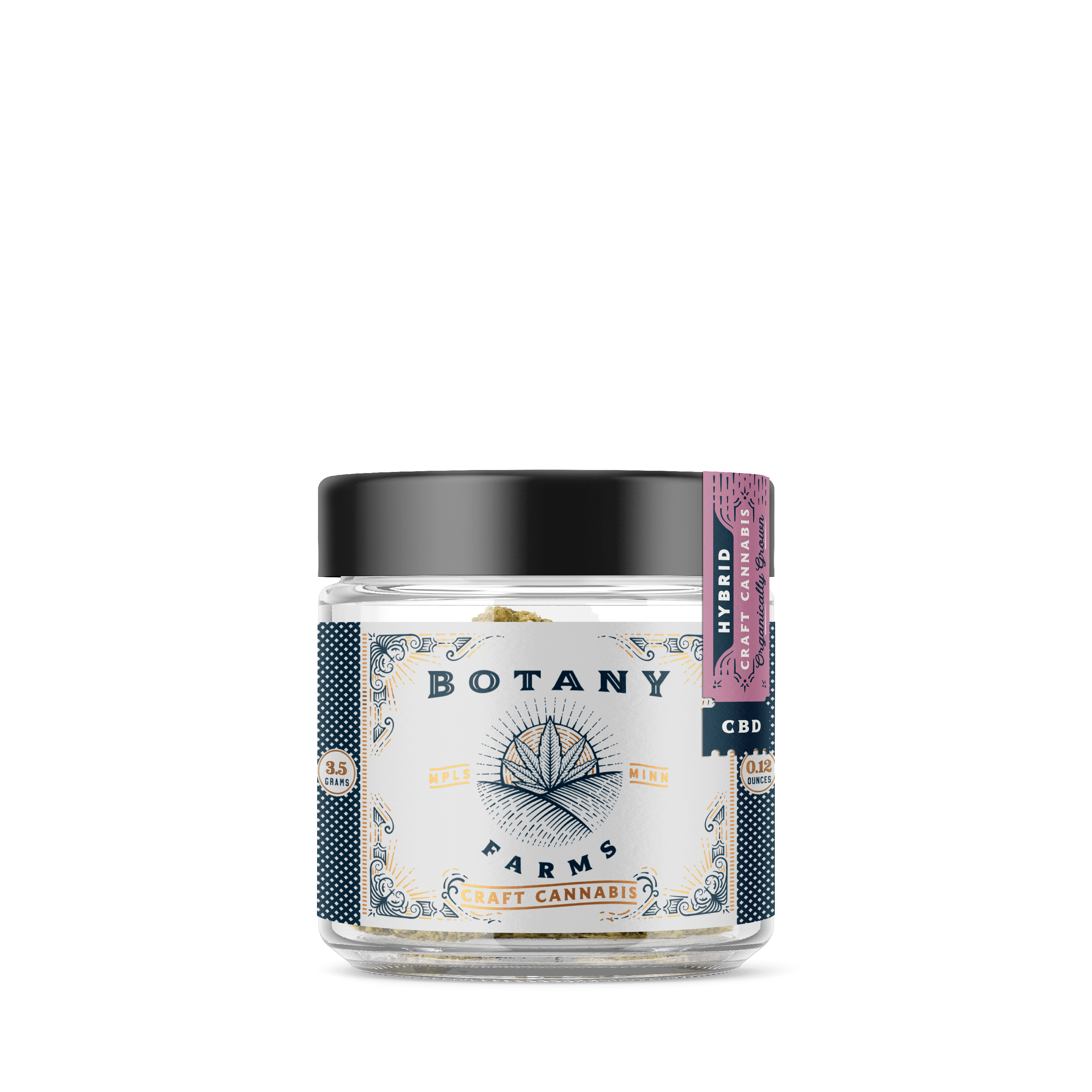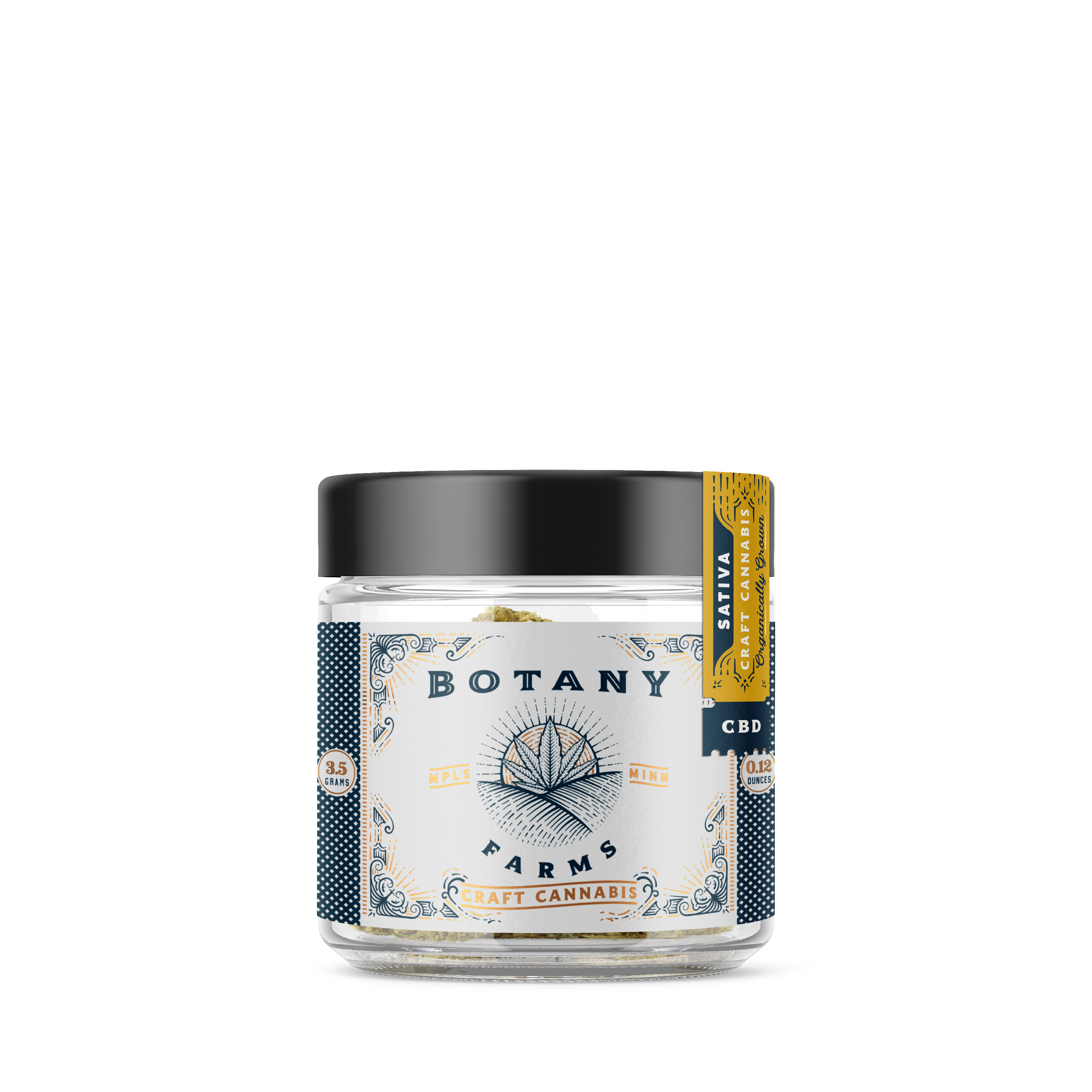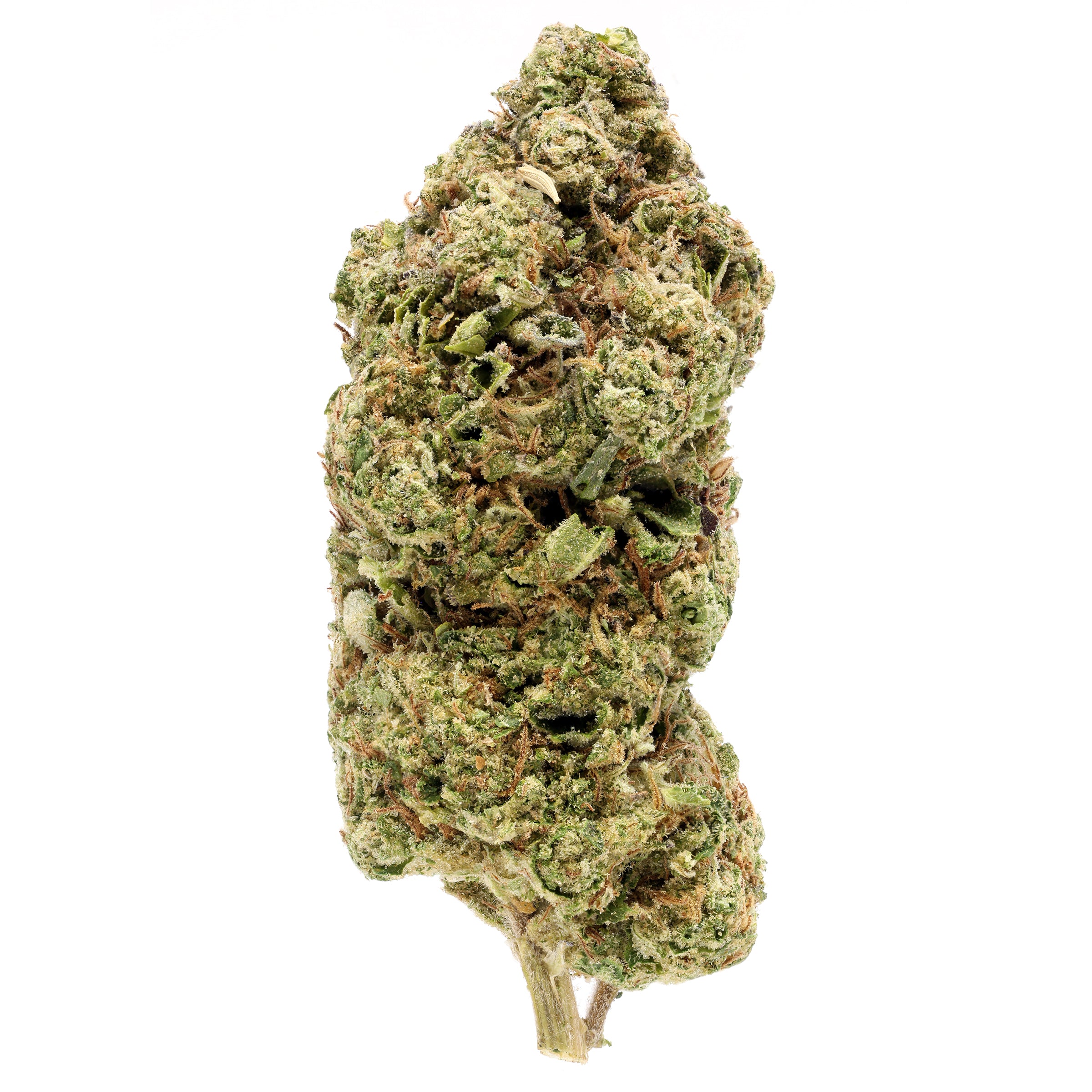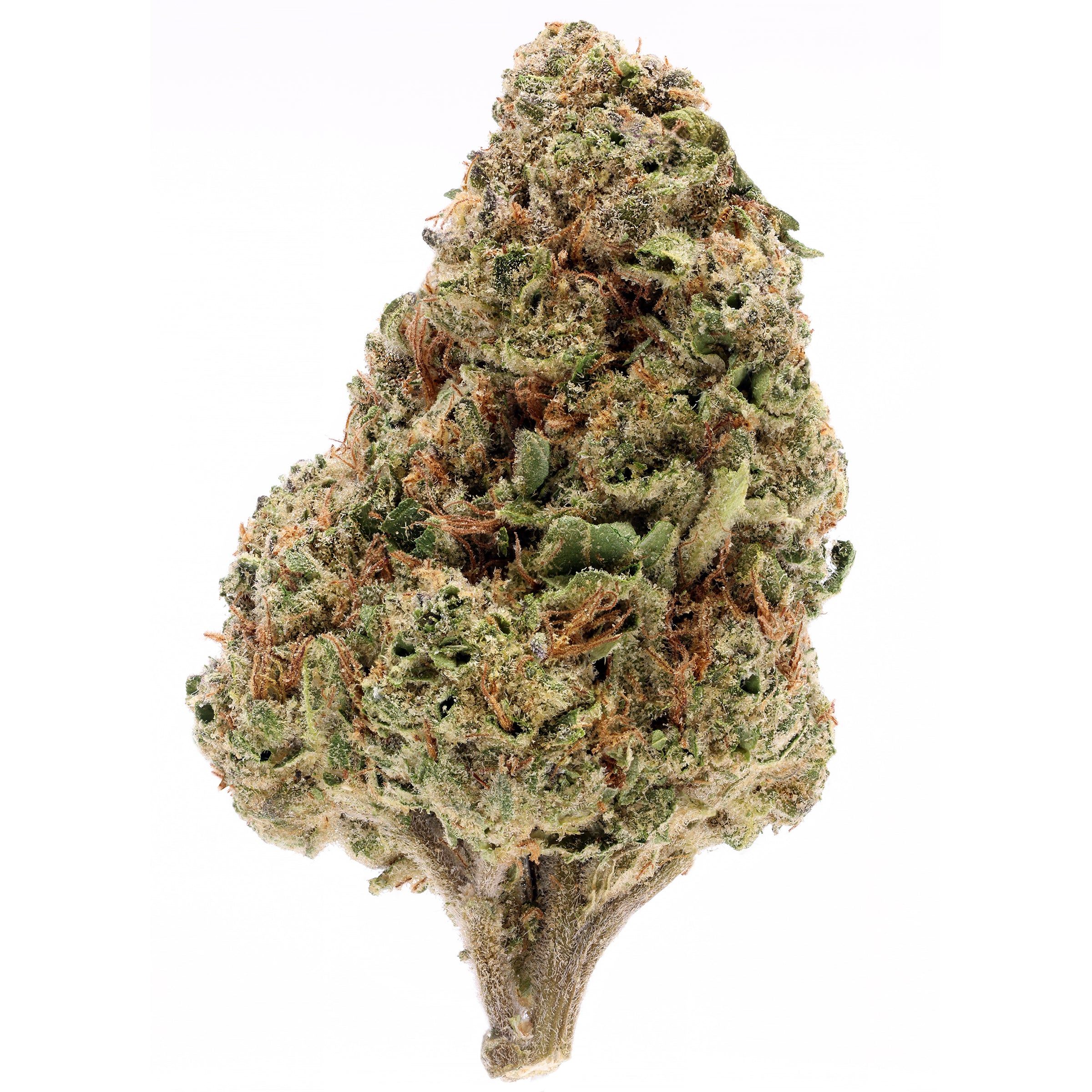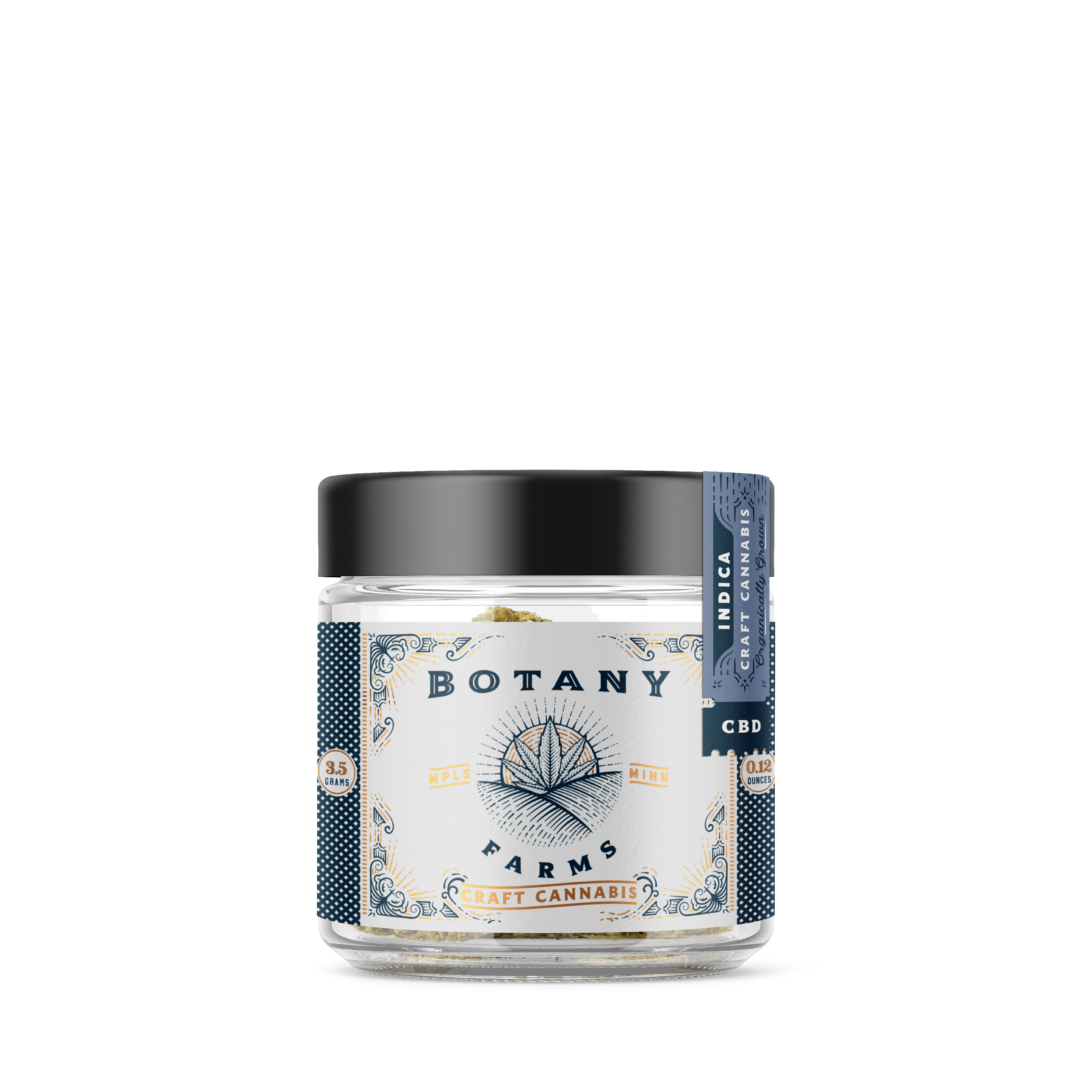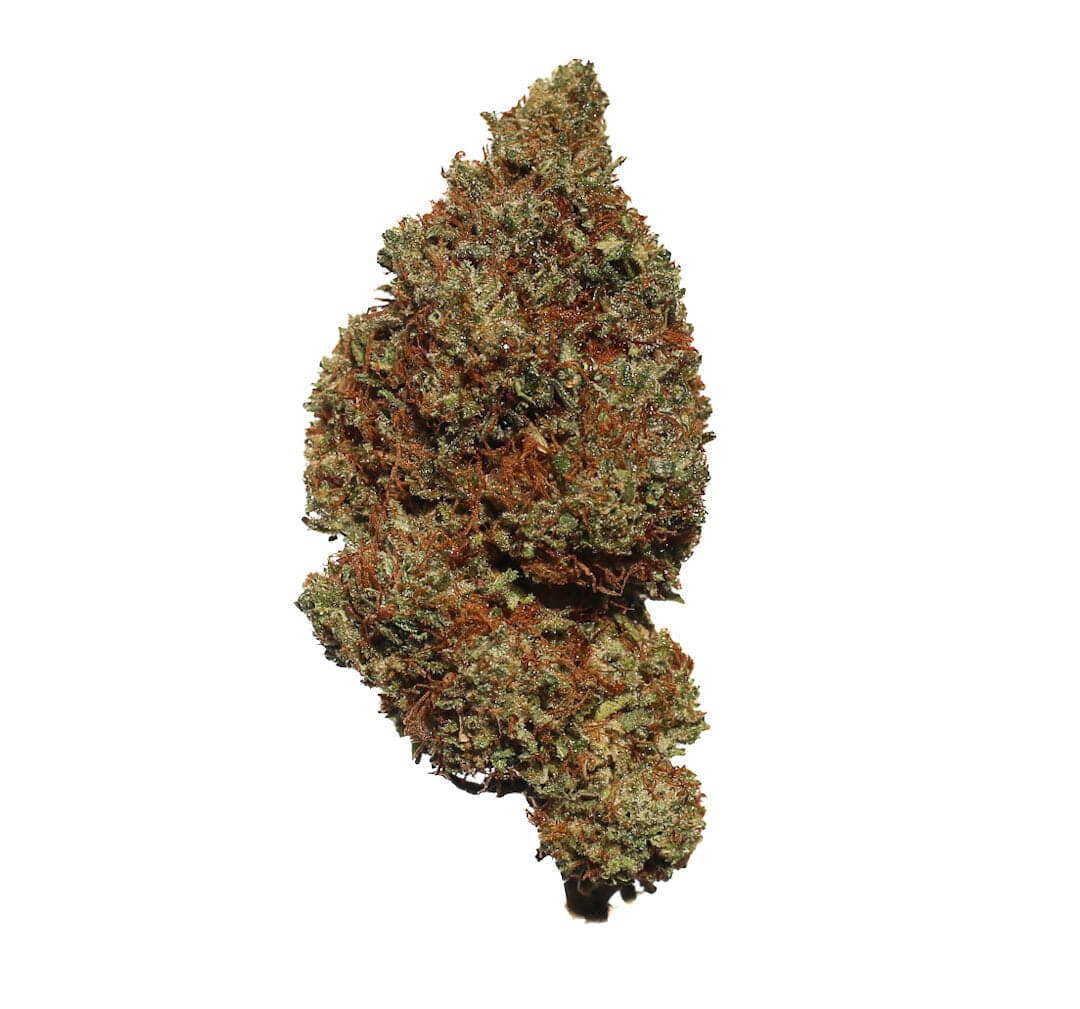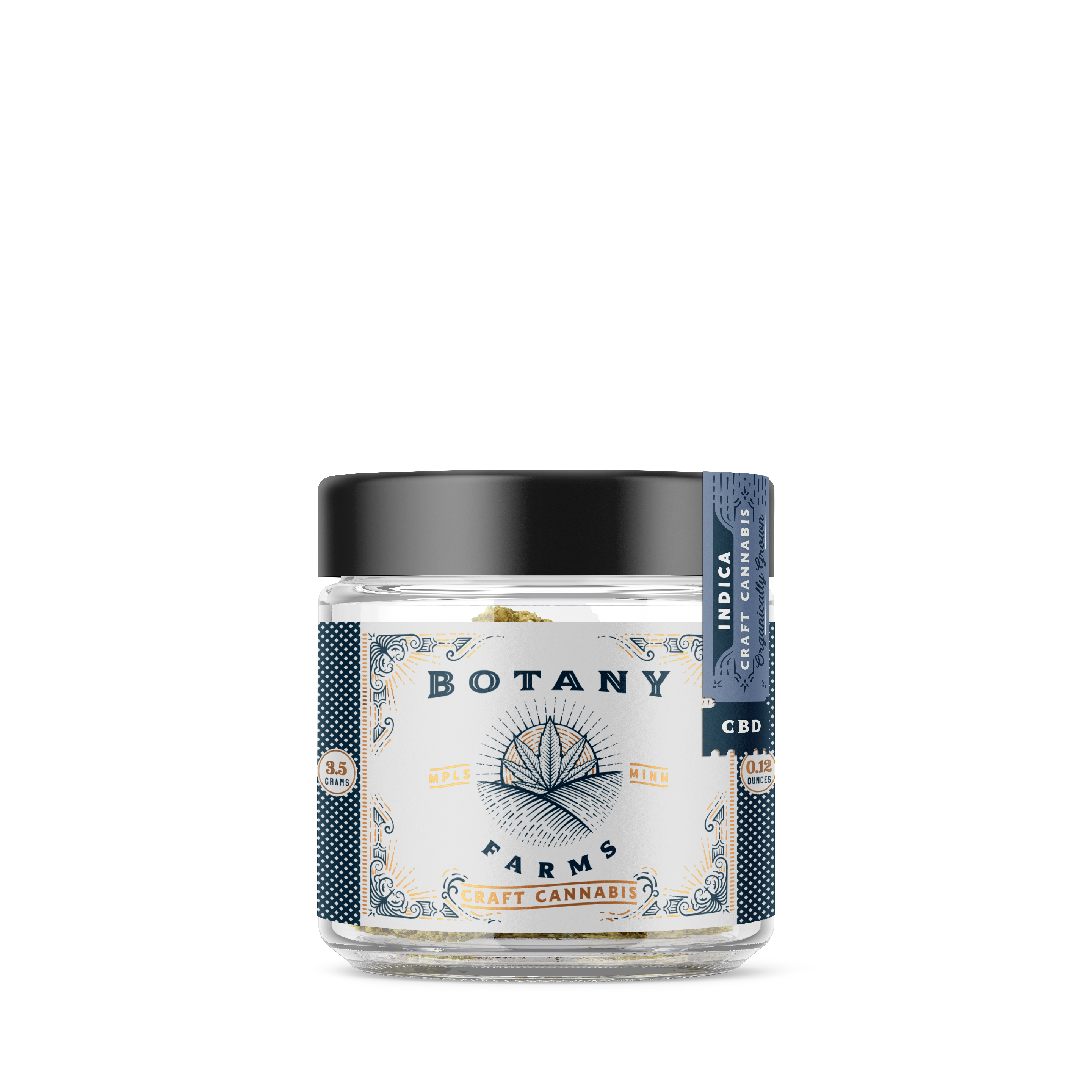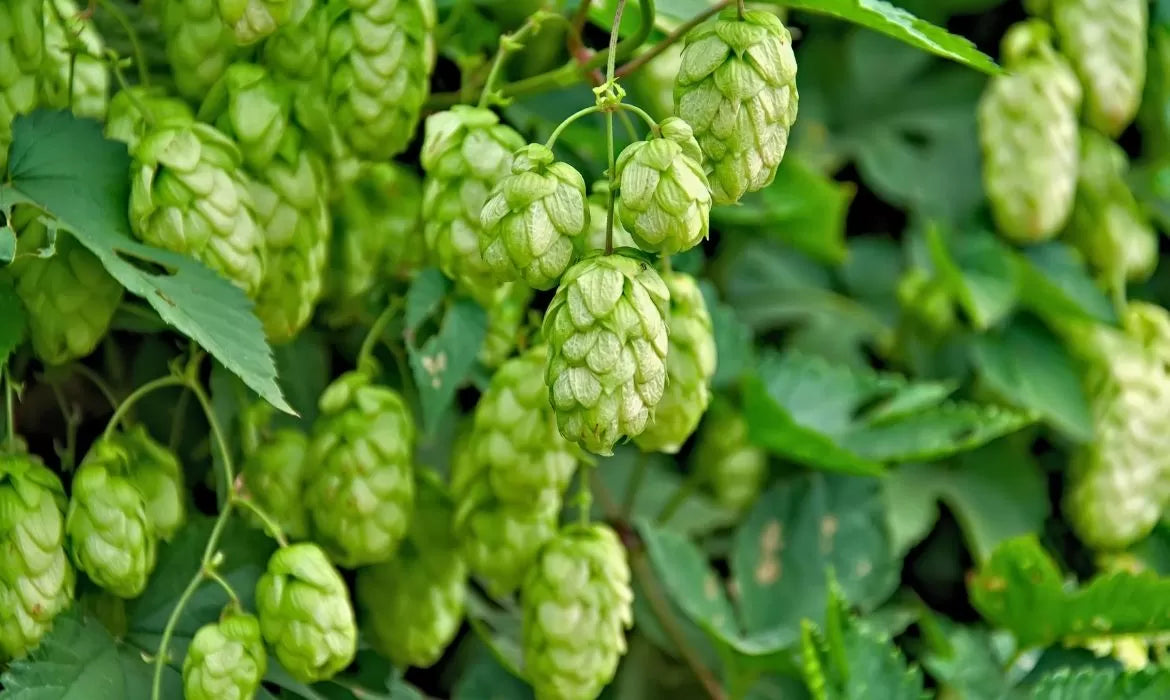Terpenes are aromatic compounds found in every plant, including cannabis. Not only do they give our favorite strains their distinctive aroma, but they also play a vital role in the plant's therapeutic effects. These, along with THC and CBD, interact synergistically, resulting in something called The Entourage Effect.
If your cannabis strain has a woody scent, blame it on borneol. Borneol, a staple of Asian traditional medicine, is a terpene valued for its woody, camphor-like aroma. Derived from Borneo Camphor, a member of the teak’s tree family, this terpene was historically harvested by tapping the teak tree’s trunk, then cooled and hardened into a transparent substance.
Today, borneol can also be a synthetic component, created through turpentine oil or camphor, often ground down into a powder for medicinal use. Also, you can be found it in nature in many plant species. In case you want to learn more about this magic terpene, keep reading this article.
Thanks for stopping by! Why not give something from our garden a try?
What is Borneol?
Borneol (C10H18O) is a bicyclic organic monoterpene derivative commonly found within the plant kingdom. Borneol exists as two enantiomers, d-borneol, and l-borneol, which you can find in nature. The last one is the most commercial enantiomer available. This terpene appears as a white-colored lump-solid with a sharp camphor-like odor, insoluble in water, with a slightly denser consistency. It plays a vital role as a volatile oil component, meaning that it burns readily. You can locate this terpene in several species of plants, including cannabis, such as:- Rosemary
- Sage
- Ginger
- Cilantro
- Artemisia
Borneol Terpene Strains
Borneol is one of the most common terpenes found in cannabis strains. Hybrid strains have higher levels of it in particular. Ready to burn up your borneol? Here are five popular heavy-borneol strains:- Golden Haze
- Amnesia Haze
- Silver Haze
- K-13 Haze
- OG Kush
Borneol Smell
Once you sense borneol’s aroma, your mind will take you back to the forest, surrounded by minty balsam fir trees. This terpene features a calming, earthy scent with a minty, cooling sensation and a bitter taste. Borneol is known for emitting camphor, herbal, woody odor.Borneol Benefits and Effects
What’s impressive about terpenes we find in cannabis is that they have so many potential uses and benefits, and borneol is proof of this. Asian cultures pioneered the use of borneol for over 500 years and continue to implement it today in holistic treatments. Some studies have shown borneol’s therapeutic properties with possible medical applications such as:- Anti-inflammatory: Studies have shown that this terpene reduces pro-inflammatory interleukins by more than 50%.
- Analgesic: Borneol oil is perfect for soothing aching joints and muscles. Researchers have claimed that it’s more potent than lidocaine, a commonly used local anesthetic.
- Anti-Coagulant: It treats thrombosis in patients due to its inhibitory effects. It also prolonged the coagulation parameters, potentially reducing the risk of blood clots.
- Antioxidative and antiviral properties: Borneol could be a potent inhibitor of herpes simplex virus type 1.
- Anti-Fibrosis: Borneol inhibits fibroblast’s mitosis, collagen, and TIMP-1 production.
- Anti-Fungal: It has significant antimycobacterial activity, inhibiting the plant pathogens’ reproductive stroma’s growth and development.
Borneol Uses
Borneol is a cannabis terpene with a very diverse medicinal profile, and the list of potential uses is long and diverse. This core element in Chinese herbal medicine is associated with the heart, lungs, liver, and spleen meridians or energy centers. People use its healing powers in a broad spectrum of conditions:- Facilitate digestion: Stimulates gastric juices.
- Improve cardiovascular health: Researchers have proven its effectiveness as an anticoagulant for stroke patients. It also improves circulation and reduces heart disease.
- Topical Pain Reliever: Borneol is an effective anti-inflammatory and pain reliever, primarily as a topical, perfect for rheumatic diseases
- Treats Bronchial Symptoms: This terpene is a bronchodilator that improves lung function and eases breathing. In this way, it treats bronchitis, coughs, colds, and respiratory illnesses such as asthma.
- Treatment for Alzheimer’s disease
- Treatment of hemorrhoids and helps the body heal wounds
- Stimulant for the immune system
- Stress-relieve and anti-insomnia: Encourage relaxation while fighting fatigue. Decrease stress and anxiety due to its sedative properties.
- Aid to the absorption of medical compounds: Increase the effectiveness of other drugs, including cancer treatment, by lowering your blood-brain barrier. It dramatically aids your body in absorption.




